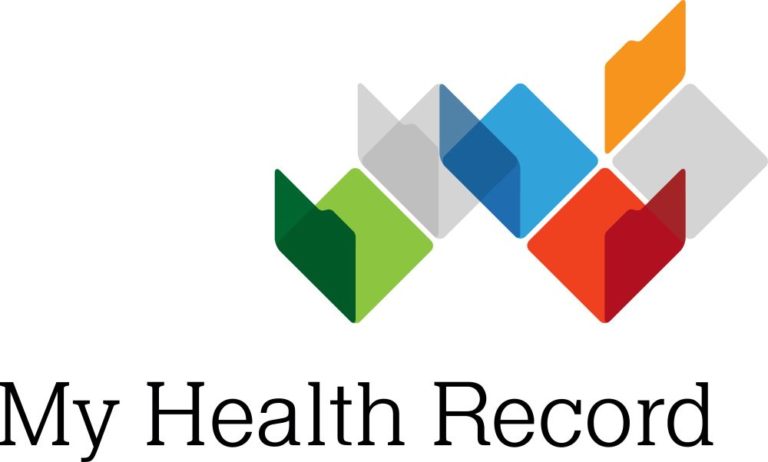[vc_row][vc_column][vc_column_text]And there’s more bad news coming for consumers in 2020, with premiums set to rise another $350 next year if the ‘Big 3’ health funds refuse Health Minister Greg Hunt’s request to drop price increases below 3 per cent next year.
New analysis from the Medical Technology Association of Australia – released this week – shows private health premiums rose an average of 71 per cent nationally between 2009 and 2019 – compared to an average 49 per cent increase in average national capital city house prices.
In contrast, medical devices prices fell an average of 12 per cent over the same period – demonstrating the success of Minister Hunt’s agreement with MTAA to increase affordable access to patients.
MTAA CEO Ian Burgess said the data showed just how “out of touch” the ‘Big 3’ private health insurers were and renewed calls for the Morrison Government to reject any premium increases above 3 per cent next year.
Mr Burgess said the ‘Big 3’ corporate health funds should also be subject to different rules to smaller community health funds, given they were sitting on 90 per cent of the sector’s $1 billion in profits.
“Every day for the past decade we’ve heard about housing price hikes pressuring family budgets and locking young people out of the market altogether – and it turns out private health insurers are even worse,” Mr Burgess said.
“Private health insurance prices are through the roof, and instead of dropping prices, the ‘Big 3’ health insurers have deliberately chosen to drop customers instead and force government to keep bailing them out.
“The number one priority for the government should be intervening to stop Medibank, Bupa and NIB continuing to price their customers out of the market, because once they’re gone, current tax penalties mean it’ll be an uphill battle to get them back.
“The first step is for Minister Hunt to not only follow through on his promise to reject any premium increases over 3 per cent, but force insurers to pay for any price cuts out of their own pockets, not everyone else’s.”
Mr Burgess said the ‘Big 3’ private health insurers had not paid one extra cent for medical devices over the past two premium years, despite raising their prices twice-inflation and banking over $1 billion in profits between them.
A YouGov poll – released last week – found three quarters of Australians want Minister Hunt to force health funds to keep their price increases under 3 per cent next year, and use their $1 billion in profits to fund it.
The MTAA’s Agreement with the Government has already saved insurers a total of $390 million off the cost of medical devices and is on track to exceed the $1.1 billion in total expected savings.
A recent AlphaBeta report – released in August 2019 – also recommended a further $1 billion worth of efficiencies that could reduce private health prices by up to 20 per cent within 3 years if adopted now.
Key Findings:
- A family with top cover policy with no excess costing $10,000 in 2019 was paying $5859 in 2009 – an extra $4141.
- A family with top cover policy with excess costing $7500 in 2019 was paying $4394 in 2009 – an extra $3106.
- A couple with mid-cover policy costing $5000 in 2019 was paying $2930 in 2009 – an extra $2070.
- A single with a basic cover policy costing $1500 in 2019 was paying $879 in 2009 – an extra $621.
- The ‘Big 3’ corporate health funds’ prices – NIB (78%), Medibank (72%) and Bupa (68%) – all grew at a faster rate than the average ABS capital city residential house price index (49%) between 2009 and 2019.
- The avg price of medical devices in Australia fell from $775 in 2009 to $680 in 2019 – a decrease of $95 (-12%).
- Recent reports that insurers will increase premiums a further 3.5% in 2020 means a family with a top cover policy will be out of pocket another $350, along with $175 for couples and $52 for singles.
[/vc_column_text][/vc_column][/vc_row]




